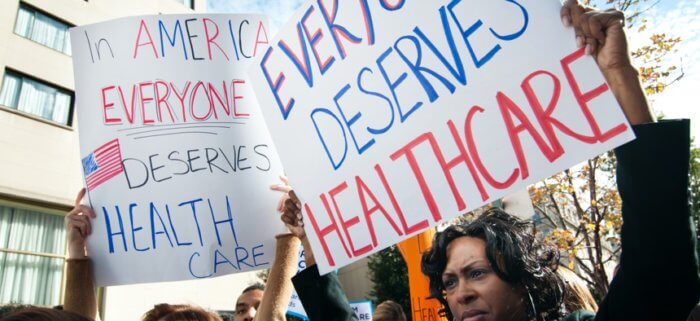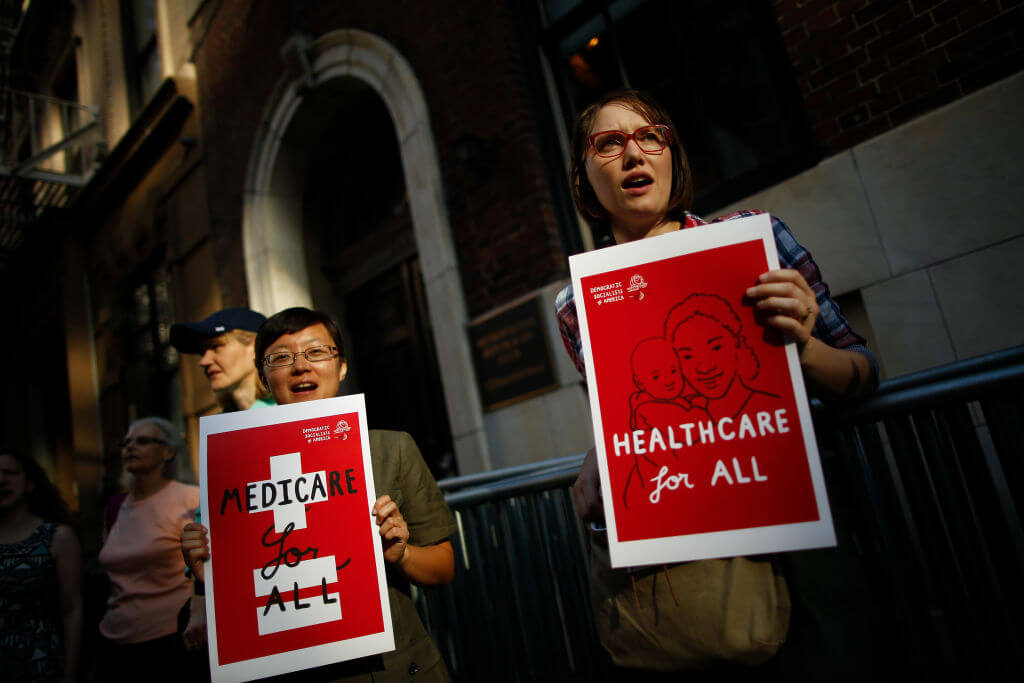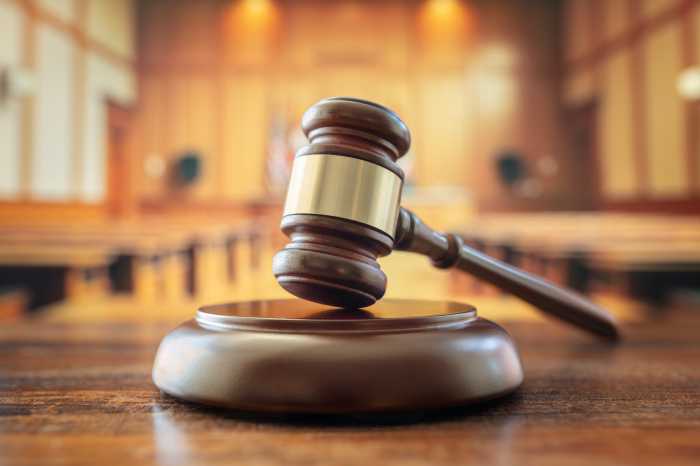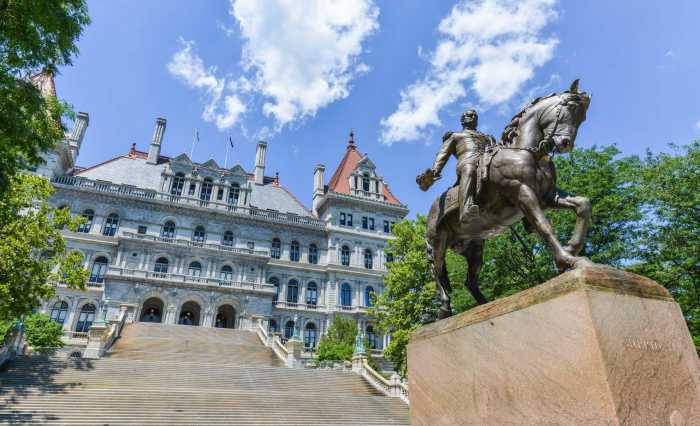Since 1991, a bill that would fundamentally change New York’s health care system to a comprehensive single-payer health care system has been sitting on the legislative floor without much progress. However, during this legislative session, which started on Jan.5, Bronx Democrats, both Progressive and moderates, are leading a full-court press to get the New York Health Act passed with an advantageous Democratic supermajority in the state Legislature.
Fueled by staffing shortages in the area’s biggest hospital systems and plagued by systemic inadequacies in health coverage and health rates, Bronxites are finding themselves increasingly uninsured, unhealthy and unable to withstand major medical events or expenses.
In the South Bronx, the poorest urban congressional district in the U.S., the population is plagued by disproportionate and high rates of diabetes, obesity, heart disease, asthma, HIV/AIDS and infant mortality. And though health outcomes improve in wealthier areas of the borough, Blacks in the Bronx are still dying at a higher rate than whites, regardless of where they live.
It’s no shock to city leaders and community organizers that for the past 11 years, the Bronx has ranked dead last out of the state’s 62 counties, in terms of health care outcomes — a stat which includes mortality rates, safety of care and patient experience and care.
To improve the borough’s dire health outcomes, Bronx politicos are putting their support behind the single-payer health care proposal the New York Health Act, which would aim to provide quality comprehensive health care to every resident of the state, and residents of New Jersey who work in New York. Undocumented workers would also be covered under the plan.
Under the NY Health Act, all necessary care for every state resident would be covered, from primary and specialty care, prescriptions, hospitalization, vision, dental, hearing, long-term care, mental health, substance abuse treatment and reproductive care.
Advocates point to increasing costs of prescriptions, premiums, deductibles and copays, which have left a million New Yorkers with no insurance, and 50% of insured New Yorkers underinsured, while health care profits climbed to $55 billion. Since the implementation of the Affordable Care Act (ACA), the uninsured rate in New York state has decreased from 11%-5%, according to NYS Health. However, prior to the COVID-19 pandemic, approximately 1 million New Yorkers remained without insurance.
Longwood resident Lindys Hernandez suffered a traumatic brain injury in March 2019 from a single car-accident. She told the Bronx Times in an email correspondence that when her injury left her unable to work, a lack of insurance coverage also left her unable to afford much-needed post-injury treatments. Advocates of the single-payer health system say stories like Hernandez’s are common when a health care system is reliant on employment — a rate in the Bronx that is still convalescing from a record-high 24.8% unemployment rate during the throes of the pandemic.
The proposal is a massive undertaking, as it would fundamentally “reshuffle and reorganize” New York’s health care system, a seismic shift that state Sen. Gustavo Rivera acknowledged is no small feat. The bill has stalled in the state Legislature numerous times including in 2019 when Republicans blocked the bill, despite it passing overwhelmingly in the Democrat-controlled state Assembly five times.
“The health insurance companies and anyone who’s benefited from (this current health) system … has created this perception that this is the only way to do it, “said Rivera, a Progressive who represents the East Tremont, Crotona Park and Fordham sections. “The whole concept is that the best you possibly can do is to get the right job so you can get the right insurance. That is something that as an underlying belief is hard to break.”
More than 1.1 million New Yorkers earned between 200% and 250% of the federal poverty level in 2019, and approximately 110,000 of them lacked health insurance. An estimated 60% of New York workers are without job-based health benefits, according to a 2019 report from NYS Health, and officials believe that residents who do not see premiums as a justifiable expense are more willing to forgo health care or pay out-of-pocket.

Additionally, proponents of the bill claim that by eliminating for-profit health insurance, it would allow for a pot of money that would be able to provide care and still save $11 billion in 2022, according to a figures from national researcher the RAND Corporation.
However, opponents of the bill argue that a single-payer health care system would increase state taxes by more than $250 billion with the bulk of these costs borne by employers, and would eliminate more than 160,000 jobs across the state.
“There is nothing I can think of that will have a greater impact on people’s lives, on reversing the terrible trend of the past couple of years, and the shrinking life expectancy in the country than passing the New York Health Act,” said Democrat Assemblymember Jeffrey Dinowitz, who represents Riverdale. “There is a huge cost involved, but (critics) don’t talk about the amount of money people would save if this became a reality, which, I think, would outweigh whatever cost it may have.”
Research from the University of Massachusetts at Amherst, and RAND show that the wealthiest New Yorkers — less than 5% — will see an increase in costs. The program would still most likely need at least $139 billion in new tax revenue, according to the aforementioned RAND study, which means potentially higher taxes.
The sweeping government program, which would be funded by a progressive, graduated tax on income — runs contrary to Gov. Kathy Hochul’s desire to not oppose new tax hikes on the wealthy, a point the Democrat made in Albany in November.
There is also growing concerns, according to some members of the Assembly, that public sector unions who are concerned about the impact on members’ health benefits, could stall the bill’s progress. The bill’s lead architect Manhattan Assemblyman Richard Gottfried, a retiring Democrat at the end of 2022, amended the language to his long-standing bill explicitly allaying those concerns, which he hopes will lead public sector unions to not just withdraw opposition, but to support the New York Health Act.
In 2021, despite a Democratic supermajority in the state Assembly, the bill was not brought to a vote. Advocates hope, with 32 co-sponsors in both the Assembly and the state Senate, the New York Health Act can be actualized to improve health care deserts like the South Bronx.
State Sen. Alessandra Biaggi, a Progressive who represents portions of the northern tip of the borough and Westchester, said during a virtual forum on Sunday that the passage of the New York Health Act would come at a moment for New Yorkers when, “fifty percent carry medical debt.”
“The funding stream that we will be able to have for the state of New York will be able to cover the cost (of the bill) and that doesn’t necessarily mean that Medicare will go away,” she said. “A really important point here is that we want there to be a separate funding stream — and the reason why the bill is so attractive — is because it’s not tied to employment.”
Reach Robbie Sequeira at rsequeira@schnepsmedia.com or (718) 260-4599. For more coverage, follow us on Twitter, Facebook and Instagram @bronxtimes.




















